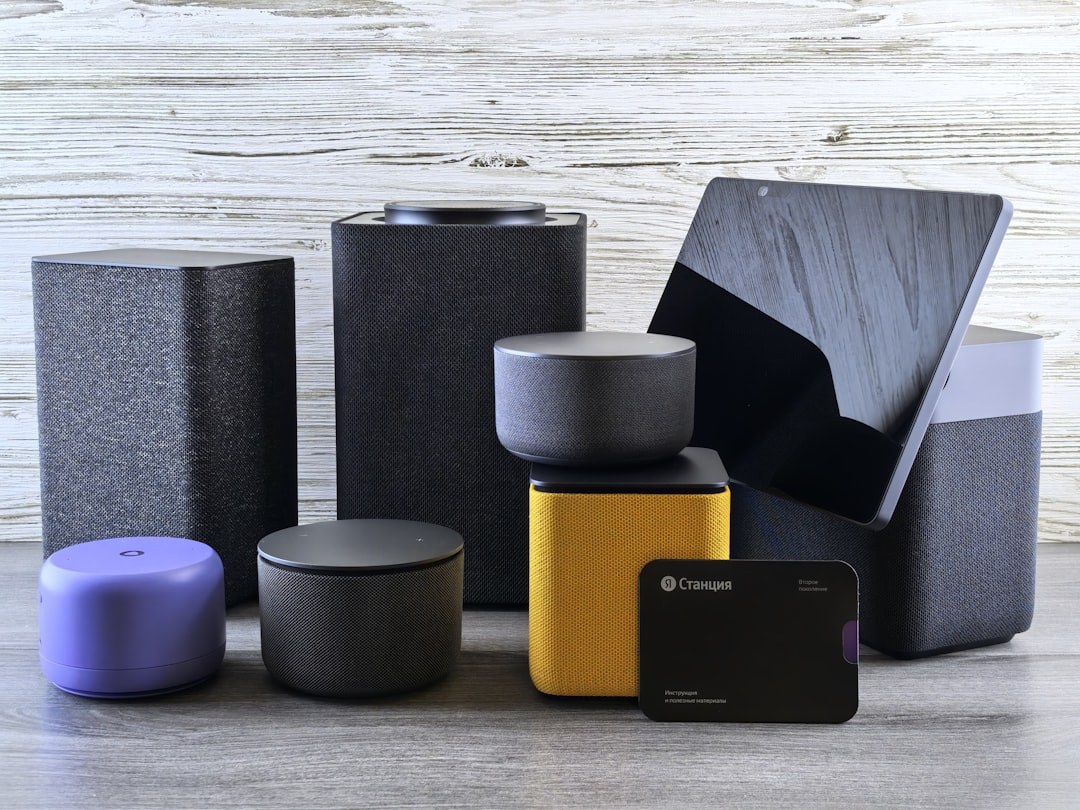In the rapidly transforming digital landscape, where convenience is paramount, Google Pay has emerged as a pivotal financial tool that enhances the way we handle transactions. Originally launched by Google in 2018 after merging Android Pay and Google Wallet, Google Pay is designed to simplify payments both online and offline. It offers a powerful, easy-to-use service that integrates seamlessly with a variety of devices and platforms.
### What is Google Pay?
Google Pay is a digital wallet and online payment system developed by Google to power in-app and tap-to-pay purchases on mobile devices. It allows users to pay with their phones, tablets, or watches without the need for cash or physical cards. Available for Android and iOS devices, Google Pay simplifies the payment process, whether you’re shopping in-store, online, or transferring money to friends.
### Key Features and How They Work
1. **Tap and Pay**: Using Near Field Communication (NFC), Google Pay enables contactless payments. Users can make quick transactions at any retail outlet that supports contactless payment simply by tapping their device on the payment terminal.
2. **Send and Receive Money**: Beyond retail transactions, Google Pay facilitates peer-to-peer transfers. Users can send money to, or request it from, contacts using their email address or phone number.
3. **Online Shopping and Subscriptions**: Google Pay streamlines online transactions across Android apps and participating websites. Users can manage subscriptions and store loyalty cards and airline tickets within the app.
4. **Security and Encryption**: Security is paramount. Google Pay employs top-notch data protection through encryption and tokenization. Each transaction uses a virtual account number, rather than revealing your actual payment credentials.
5. **Integration with Other Apps**: Seamlessly integrate with Google services and other third-party apps. Users can enjoy added functionalities, such as storing digital passes or using Google Pay with Google Assistant.
### The Application and Setup Process
To start using Google Pay, download and install the app from Google Play Store or Apple App Store. Upon opening the app, users can add their payment information by photographing their card or entering details manually. The app guides users through setting up a secure pin or biometric log-in to enhance security.
Once set up, users can link the app with their bank accounts. Major banks worldwide support Google Pay, ensuring broad compatibility.
### Security Measures
Google Pay prides itself on its robust security features. It utilizes advanced encryption to protect personal data. Sensitive information is neither stored nor shared with retailers; instead, transactions use a tokenization process that creates a unique code for every transaction, thus minimizing risks and ensuring privacy.
Additionally, in case a device is lost or stolen, users can use the “Find My Device” feature to locate their phone, remotely lock it, and erase its contents, thus safeguarding their financial data.
### Google Pay’s Impact on Commerce
The shift towards digital payments has significantly impacted consumer behavior, encouraging more businesses to adopt Google Pay. Retailers benefit from faster checkout times and reduced reliance on cash transactions, which can streamline operations and reduce the risks associated with handling physical currency.
For consumers, Google Pay offers the convenience of blending multiple financial instruments, loyalty cards, and even event tickets into one easily accessible location, rooted deeply into daily habits and smartphone usage.
### Future Developments and Challenges
As technology evolves, Google Pay is expected to introduce new features that could enhance user experience and provide added value services. This development includes international expansion efforts, partnerships with more financial institutions, and enhanced artificial intelligence capabilities to predict consumer spending patterns and tailor user discounts.
However, Google Pay also faces challenges, such as the rising competition from similar payment apps like Apple Pay and Samsung Pay. Keeping ahead will require continuous innovation, security enhancements, and strategic partnerships.
### Conclusion
From facilitating daily transactions to shaping the future of how we conduct our financial activities, Google Pay is at the forefront of digital commerce innovation. As more users and merchants adopt this service, Google Pay is not just a payment system—it’s an ecosystem promising enhanced convenience, uncompromising security, and a glimpse into a cashless future.
Smart Life
Ultimate Guide to Google Pay













Leave a Reply